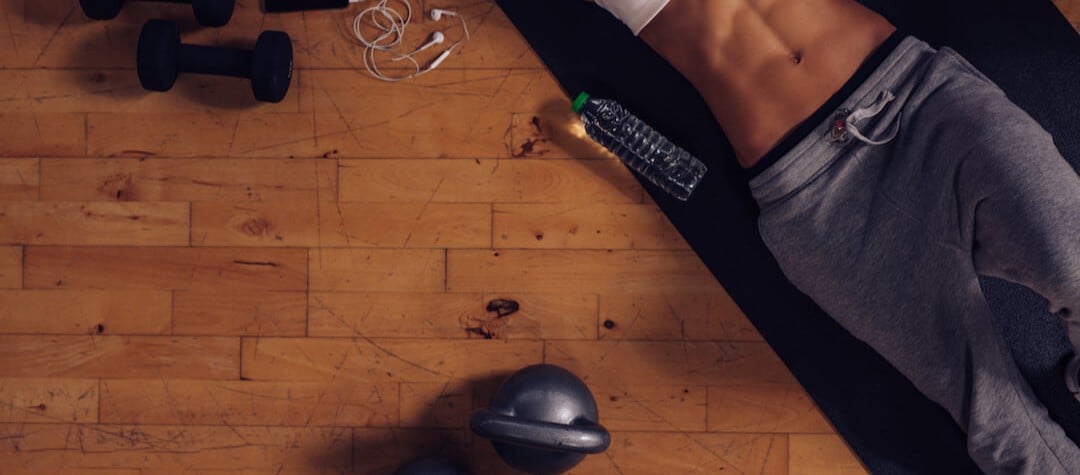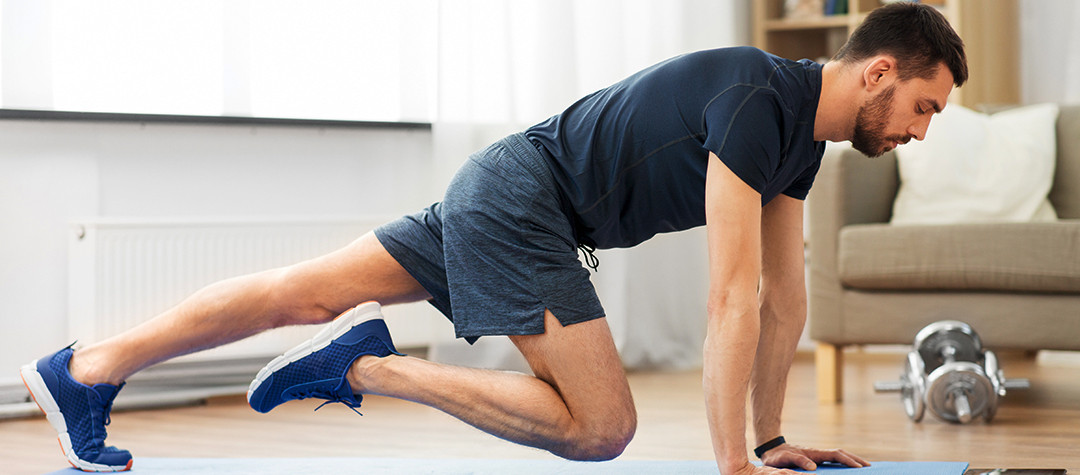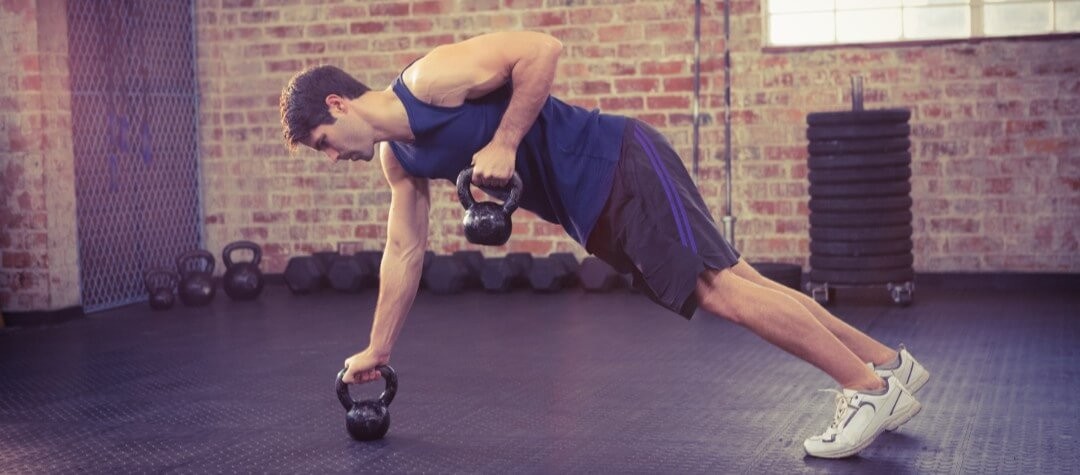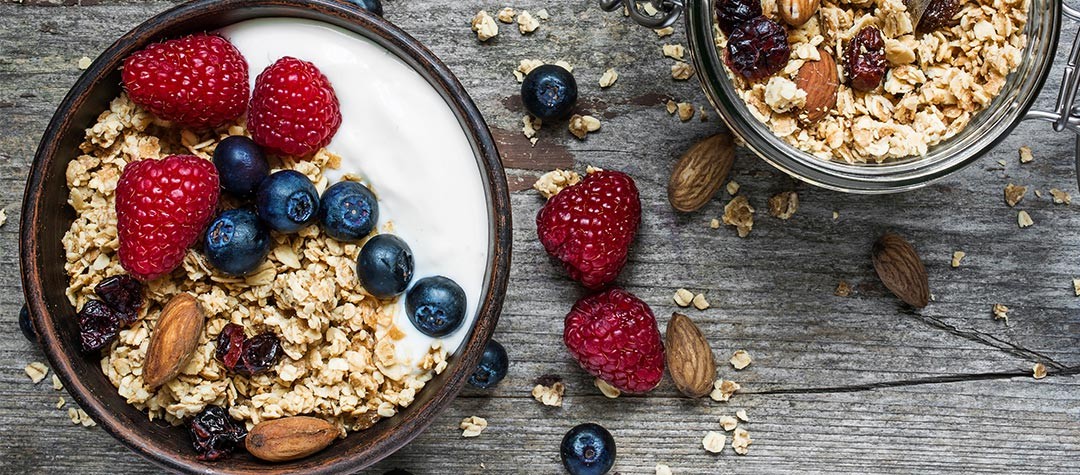If blasting body fat and burning calories is one of your main exercise goals, these 10 fat loss exercise tips will ensure you get the most out of every fat burning workout minute.
Choose your fat loss exercise carefully
There is no such thing as the 'ultimate' calorie-burning activity. Energy burned is dependent not just on the activity itself, but on how much effort you put in, how skilled you are at it, how long you do it for, and how often. So choose a fat burn exercise that you are going to do regularly and consistently. That means an activity that you actually enjoy (unless you want your workouts to involve untold misery and boredom!) and one that is practical and accessible. Consider taking on one of our Virtual Events to keep your training exciting!
Be intense with your fat burning exercise
Don't be fooled by the so-called fat-burning zone. This is the misguided notion that working at a lower intensity is better for fat burning than working at a higher effort level (say, for example, walking instead of running.) The harder you exercise, the more calories you will burn and it is this that really counts when it comes to losing fat.
Exercise larger muscles for greater calorie burn
Serious fat-burning activity uses the large muscle groups of the body – the thighs and bottom, chest and back. The greater the overall recruitment of muscle, the higher the calorie expenditure. So in your workouts, you are much better off using, say, the rower than isolating your arms for maximum calorie burn.
Sustainable exercise development
To fire up the calorie furnace, fat-burning activity has to be sustainable for a reasonable period. So while skipping is great exercise, it's not much use if you can only do it for three minutes. The American College of Sports Medicine recommends 20-60 minutes per session, three to five times per week. It doesn't have to be continuous effort.
Interval training to maximise calorie burn
Interval training, in which you mix hard efforts with bouts of recovery, is one of the best ways of maximising calorie expenditure, improving aerobic fitness and making use of limited time. To get the most out of an interval session, ensure that you work outside the comfort zone on the efforts and ease right off during the recoveries. Try a 2:2 rest/work ratio to start with.
Carry the exercise load
Activities that are weight bearing, such as walking and running, use more calories than those in which your weight is supported (such as swimming or cycling), simply because you have to shift your own body weight against gravity.
Running on empty?
You may have heard that exercising on an empty stomach in the morning burns more fat. It is true that the body has to rely on fat stores if you don't break the overnight fast, but then again, the lack of a ready energy supply may mean that you don't work out for as long, or as hard as you may have otherwise done.
Go for the afterburn
One of the best things about exercise is that the fat-burning benefits continue long after you’ve got out the shower. This 'afterburn' (increased calorie expenditure) is far greater following exercise at 75 per cent of maximum heart rate, or higher – another reason to eschew those low-intensity workouts!
Increase exercise intensity
If you want to keep seeing results in your fat-burning programme, you must keep increasing the intensity. This isn’t the same as increasing your effort, because as you get fitter, your body will be able to cope with increasing demands. If you rest on your laurels, the benefits will begin to tail off.
Keep moving to burn fat
Maximise your daily fat burning by moving! Researchers at the Mayo Clinic have found that leaner people tend to stand and move more than overweight people in normal daily life. Their ‘non-exercise activity thermogenesis’ (NEAT) was as much as 350 calories higher each day. So don't just sit there, wiggle your toes, shake a leg, get up regularly and move your body.
Here are some typical calorie burns for a number of activities. Bear in mind these values will differ from individual to individual are intended as a rough guide:
| Typical calorie expenditure | 9 stone (57kg) woman | 11 stone (70kg) man |
| Running (calories per hour at 8-minute mile pace) | 720 | 913 |
| Swimming (calories per hour for continuous laps) | 630 | 730 |
| Uphill walking at a 10 per cent gradient (calories per hour) | 590 | 694 |
| Rowing (calories per hour at a moderate pace) | 540 | 611 |
| Cycling (calories per hour at 12-14 mph pace) | 500 | 584 |
| Jogging (calories per hour at 12-minute mile pace) | 440 | 511 |
| Walking (calories per hour at 15-minute mile pace) | 252 | 365 |













